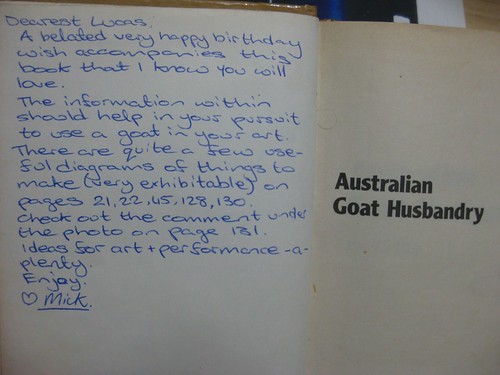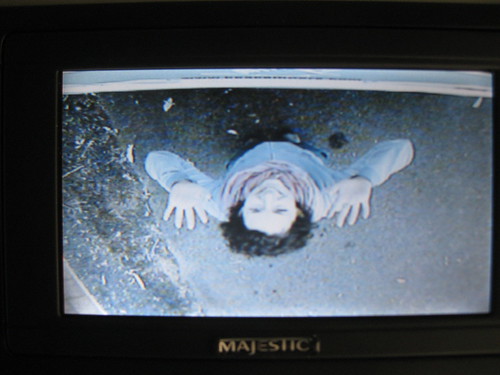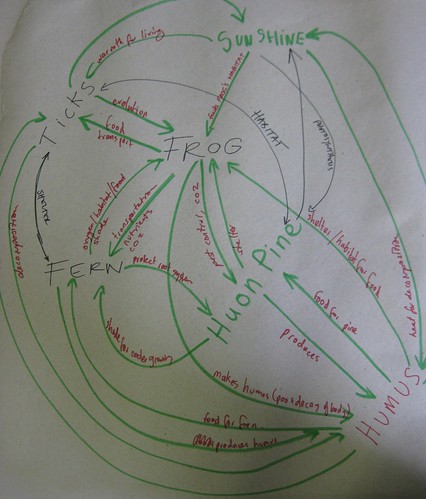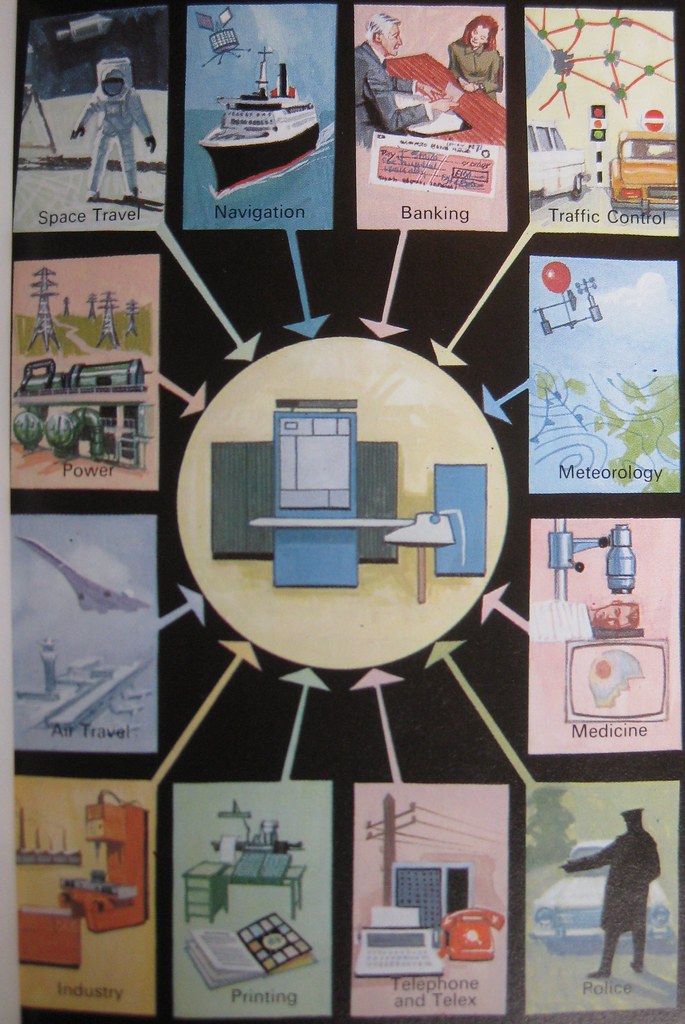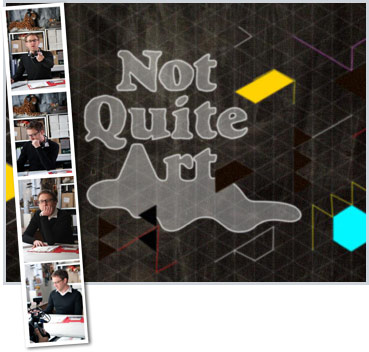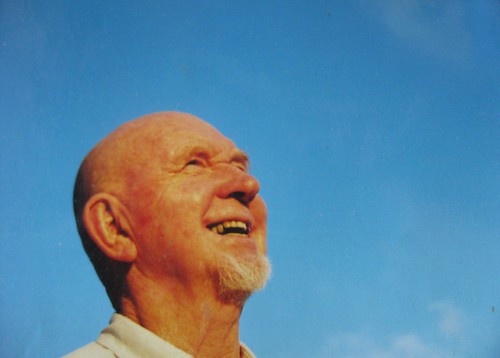
On the weekend I received sad news from Perth, that Arthur Russell has died. He was just shy of his 82nd birthday.
The above photo, taken by Mickie, is from about 8 years ago, when we three visited Kings Park together to check out a memorial sculpture to the volunteer fire brigades by artist Jon Tarry.
Often our adventures with Arthur would involve photography – not just to document the occasion, but also as an act of making compositions. Later, having gotten the photos developed, Arthur would sit with the shots and shuffle through them one by one, comparing the image’s cropping and shapes and tones and colours, and asking anyone in reach to nominate their favourites.
You had to be able to give a reason why, or else you’d get in trouble for a kind of aesthetic cowardice. This was a funny process, because initially you might just choose one of the shots at random as “my favourite” to shut him up, but then, facing the Russell Inquisition for Aesthetic Judgement, you’d have to scratch around your brain and come up with a communicable reason for your choice.
This wasn’t easy, but you’d manage to dredge up something, like “the shapes of the trees anchor the rocks, they almost seem to embrace them” which would then prompt Arthur to scrutinise the photo even more closely. If he could follow what you were saying, he’d laugh out loud and say “Yes! That’s Right!” as if you had shown him something he could never have worked out on his own.
He loved this game. He played it with any pictorial compositions, found or made: his own painstakingly crafted pen and wash drawings, a random photograph from the sports page of the crappy West Australian newspaper, or a cheapo calendar with pictures of horses he’d got on special at the newsagency.
I remember he once told me that he even asked his cleaning guy to help him select the best drawings to be framed for his latest exhibition. Arthur really listened closely to the opinions of others, and you didn’t have to be “qualified” to say something. “Looking”, he believed was a skill everyone had. And Arthur’s skill, I guess, was to get others to look with an increased clarity and intensity.
Arthur was, after all, a teacher. For many years (way before I met him) he taught art at high schools, and also ran the educational programme at the Art Gallery of Western Australia. I met him first, back in 1993, when our teacher Barb Bolt brought him in as a guest lecturer to run a series of life drawing classes. I was only 17.
Here are two things I remember about that class:
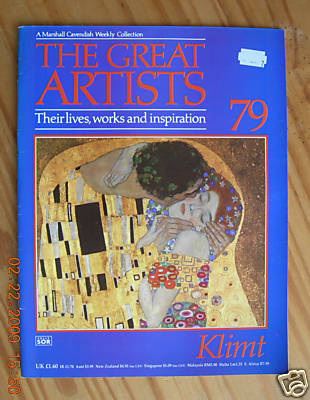 (1). Arthur lugged in a whole bunch of these 1980s periodicals called “the great artists”. (Here’s one I found a picture of, in fact, I’m pretty sure he brought this particular one to class.) He wanted us to give our opinion on which artist made the most interesting drawings of bodies: Leonardo or Klimt or Schiele etc. We had to point to specific things in the drawings as we grappled to express our half-baked preferences. Schiele‘s drawings seemed very tortured and contorted, I remember we students liked that. We thought Klimt was a bit decorative. And so on. The point is, he always validated our thinking: the Russell Inquisition was gruelling and sometimes irritating, but if we got into the spirit of it, he made us feel important and intelligent, like we were coming up with new insights that were fresh and special.
(1). Arthur lugged in a whole bunch of these 1980s periodicals called “the great artists”. (Here’s one I found a picture of, in fact, I’m pretty sure he brought this particular one to class.) He wanted us to give our opinion on which artist made the most interesting drawings of bodies: Leonardo or Klimt or Schiele etc. We had to point to specific things in the drawings as we grappled to express our half-baked preferences. Schiele‘s drawings seemed very tortured and contorted, I remember we students liked that. We thought Klimt was a bit decorative. And so on. The point is, he always validated our thinking: the Russell Inquisition was gruelling and sometimes irritating, but if we got into the spirit of it, he made us feel important and intelligent, like we were coming up with new insights that were fresh and special.
(2). He brought along oranges cut into wedges for “half-time”. We thought this was hilarious. The oranges made the life drawing session seem like a sports game rather than a dreary educational obligation. It was a small gesture, incredibly cheap and easy for him to execute, but it really made us feel like he gave a shit about making our encounter into an event.
Later, Mickie and I became good friends with Arthur outside of the university context. We would visit him at his home in Scarborough, later at Northam, then at the crazy Serbian Retirement Village he wound up in. His house was scrupulously clean, and he had nothing more than what he required: just the right amount of plates and cups and glasses, all carefully chosen for their utility and aesthetic value.
He liked lunches. When assembling lunch, an important job (delegated to the visitor) was to choose which plates to use. Once again, it was important to discuss why you made these crockery choices for this particular food: decoration, form, functionality, food: there was no ordinary lunch with Arthur. But none of his kitchenwares were expensive, usually just accidentally “marvellous” designs that had somehow made their way through to the discount store at the mall.
He was crazy about iced coffee. He developed odd ways, as I suppose happens to people who live on their own. He would make up half a dozen iced coffees at once, and then store them in the fridge, ready to go, in six separate glasses. I’m not joking – one day a few years back I documented the process:
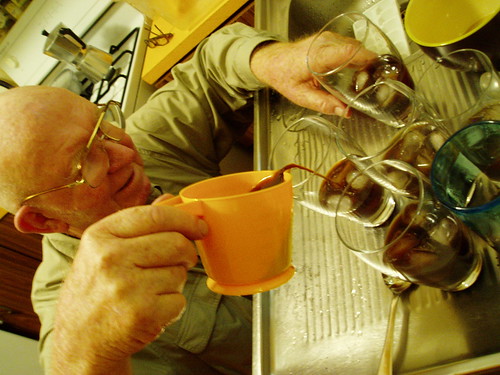
Sharing the huge batch off coffee into six glasses…
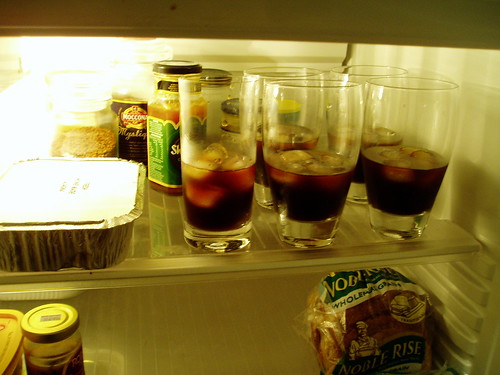
Lining up the glasses in the fridge…
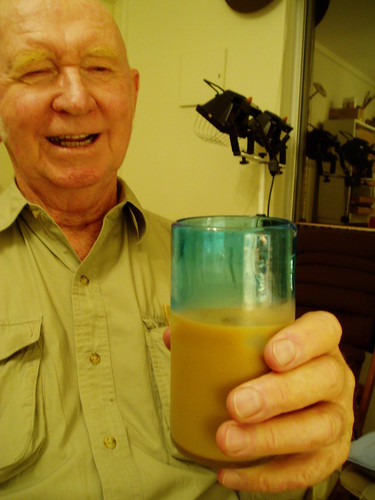
Look at how pleased he is with himself…
When he wanted an iced coffee (which was quite often) Arthur would add cold milk (a 50-50 mix) just before drinking. (I guess this just-in-time milk addition would give him the option of offering his guest a black coffee…)
After you visited him, undoubtedly you’d get a phone call a day or so later to reprise some tiny corner of a topic of conversation you’d already forgotten about. Even if he was a bit cranky sometimes, “Young Arthur” excelled on the phone. He would ring up abruptly to share “a new thought”. Even though these thoughts were often compliments, they were delivered in a very brusque manner, with very no time for pleasantries. The call would go like this:
Me: Hello?
Arthur: Arthur here.
Me: Ah, gday, how’s it going?
Arthur: Two things: first, I think you’re spot on with what you were saying about that [insert name of exhibition or movie here]. I think that was a bloody good insight. Second, your latest project is a real gift to [insert name of institution or community here]. It’s an act of generosity, they’re lucky to have you.
Me: Yeah well I wonder what…
Arthur [interrupting]: Did you hear that? I just paid you a compliment and you moved on and changed the subject without acknowledging it!
Me: Oh. Thanks.
Arthur: You have trouble taking compliments, you know that?
[…this would carry on for a short time… Then, as abruptly as it began, Arthur would decide it was now time to end the call…]
Arthur: Are we right then?
Me: Yep.
Arthur: Righto. Talk soon. Bye.
Me: Bye.
Speaking of phonecalls: Arthur was one of those “old people” who pride themselves on being able to guess who is on the other end of the phone, just by the sound of their voice. So it was pretty alarming to me, last May, when I called him up and said playfully “guess who this is ?” – and he couldn’t guess.
I thought he was joking, but he wasn’t. And his voice had gone all slurry. Oh. God. “Young” Arthur was now old. My eyes were filling up with tears on the phone, I didn’t want him to hear me cry as we talked. Arthur had changed. He struggled to tell me what had happened. They didn’t really know, but he was going into the hospital for some tests. Maybe Parkinsons.
But it wasn’t Parkinsons, the doctors thought it was a series of “mini-strokes” which had rocked his body. I visited him in hospital. He found it easier to communicate in person, still trying to make fun of the nurses and the fluorescent food they served him for lunch (which he tried to fob off on me). His life was already flagging at that point, but he sat up in bed making drawings, getting the orderlies to sharpen his pencils for him.
Here are the drawings he was working on the day I visited:

These are the last images I have of Arthur.

I brought him a copy of a screenprint, the handwritten text of a dream about AC/DC which I made during the Bon Scott project I did last year. It’s a pretty funny dream, with the members of AC/DC sharing a warehouse with the members of a feminist architecture collective. He immediately engaged with it, reading it from start to finish in front of me, in silence, while I sat waiting, watching him, and taking these photos. When he got to the end, he cracked up:
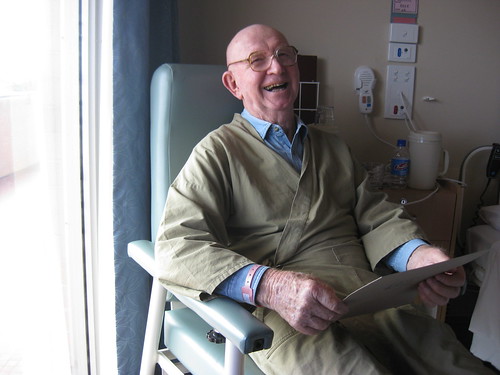
After I returned to Sydney, I sent Arthur a few postcards to keep him updated on what I was up to, especially what I was trying to write about in my thesis. I knew he was not much chop on the phone – there was too much “what?” and “say again?!” from both of us – but I guessed he would enjoy getting the cards. Every time, a few days after I sent a card, he’d call me up. Sometimes we’d talk, but more often, he’d get my answering machine, and leave a long, convoluted and mumbling message I could only half make out. These messages were incredibly sweet, and incredibly sad. His last message was full of praise for me: he said something about how it was really marvellous what I was doing, how my project was generous and intelligent and most importantly, “not at all elitist”. I saved it on my phone, but after seven days the phone company cleared the saved messages and it was gone.
And now, so is he.
Farewell Young Arthur, I loved you old fella.
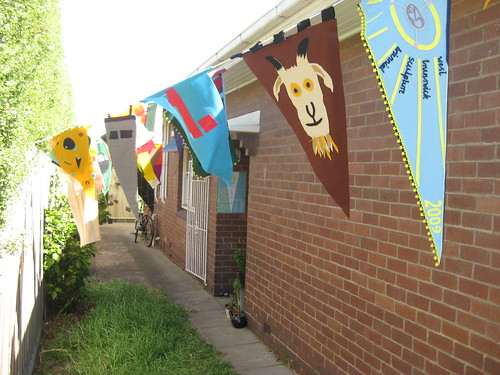

 (1). Arthur lugged in a whole bunch of these 1980s periodicals called “the great artists”. (Here’s one I found a picture of, in fact, I’m pretty sure he brought this particular one to class.) He wanted us to give our opinion on which artist made the most interesting drawings of bodies: Leonardo or Klimt or Schiele etc. We had to point to specific things in the drawings as we grappled to express our half-baked preferences.
(1). Arthur lugged in a whole bunch of these 1980s periodicals called “the great artists”. (Here’s one I found a picture of, in fact, I’m pretty sure he brought this particular one to class.) He wanted us to give our opinion on which artist made the most interesting drawings of bodies: Leonardo or Klimt or Schiele etc. We had to point to specific things in the drawings as we grappled to express our half-baked preferences. 






